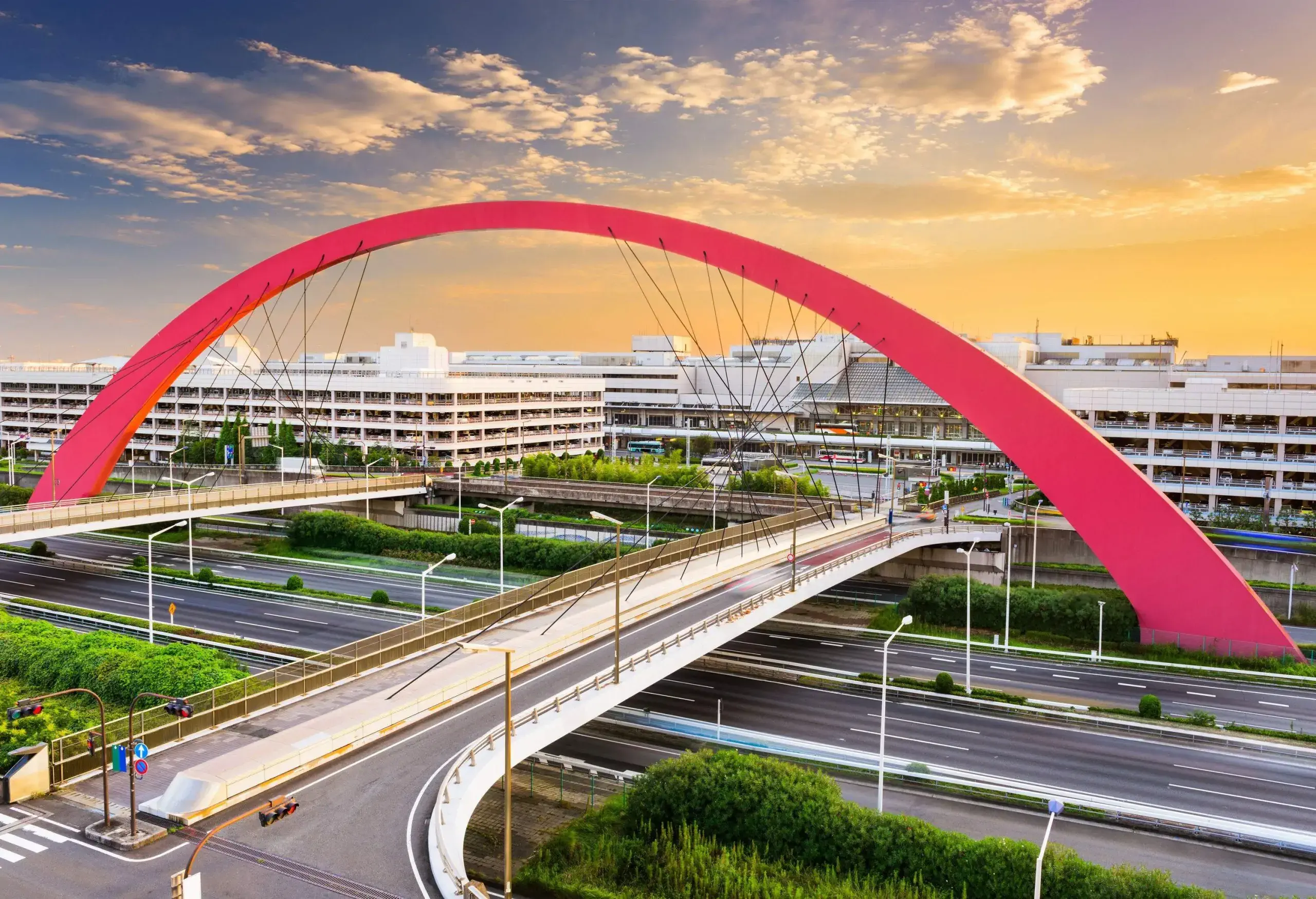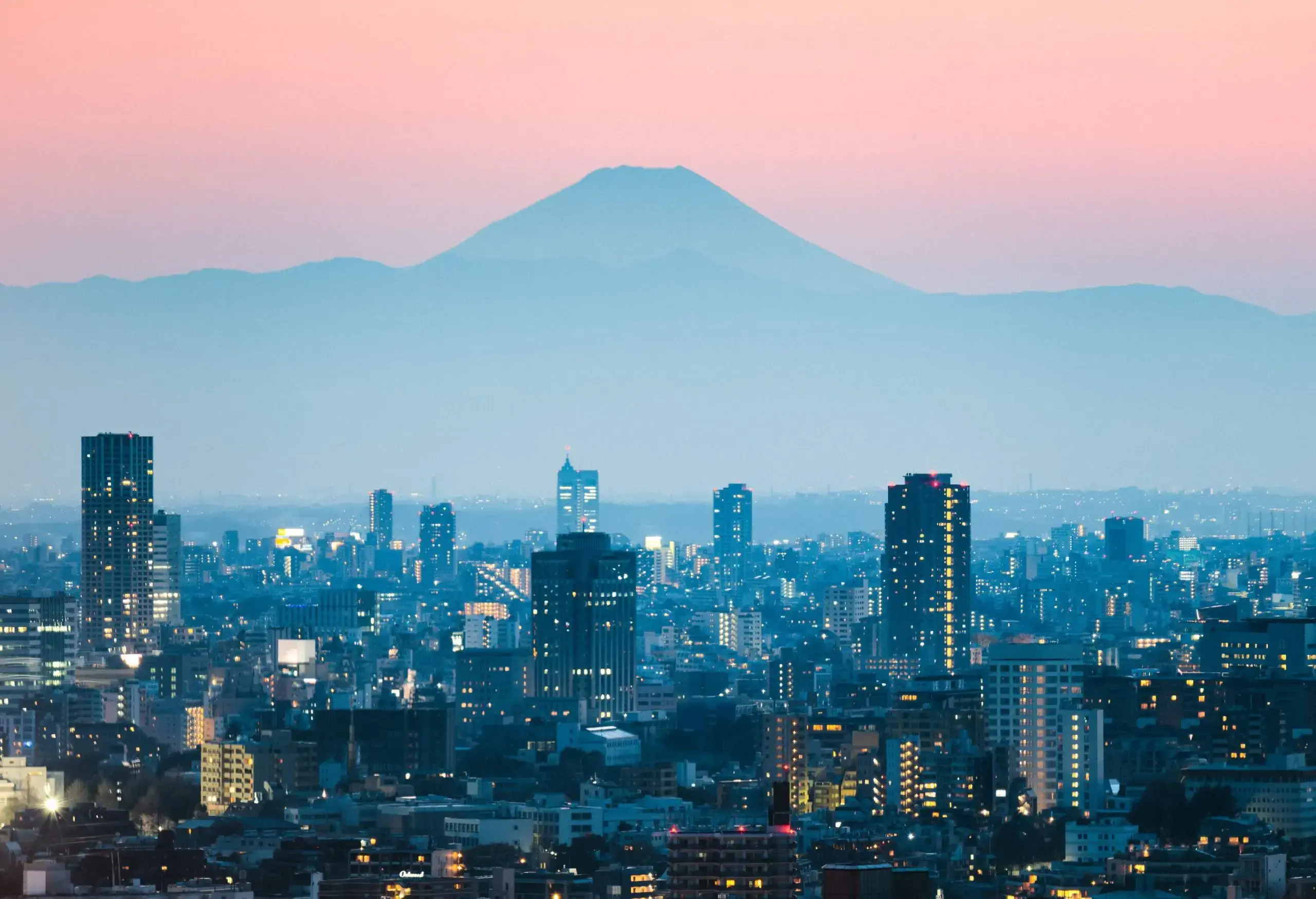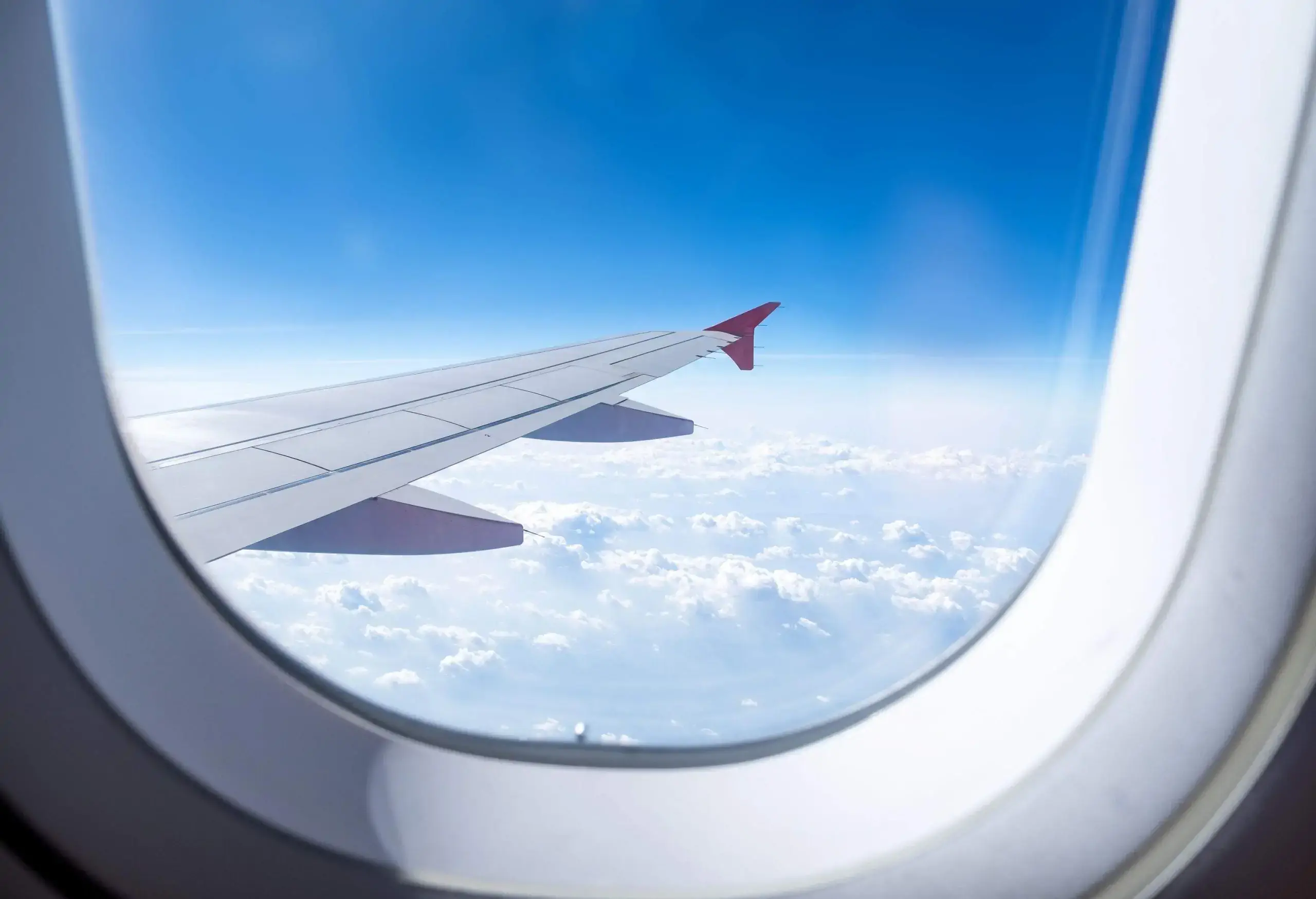Tokyo is a bustling metropolis known for its blend of modernity and tradition, and it’s served by two major airports: Haneda (HND) and Narita (NRT). Each one has distinct differences and advantages depending on your travel needs. In this guide, we’ll cover the two international airports in Tokyo, exploring the differences between Narita and Haneda so you can decide which one is best for planning your trip.
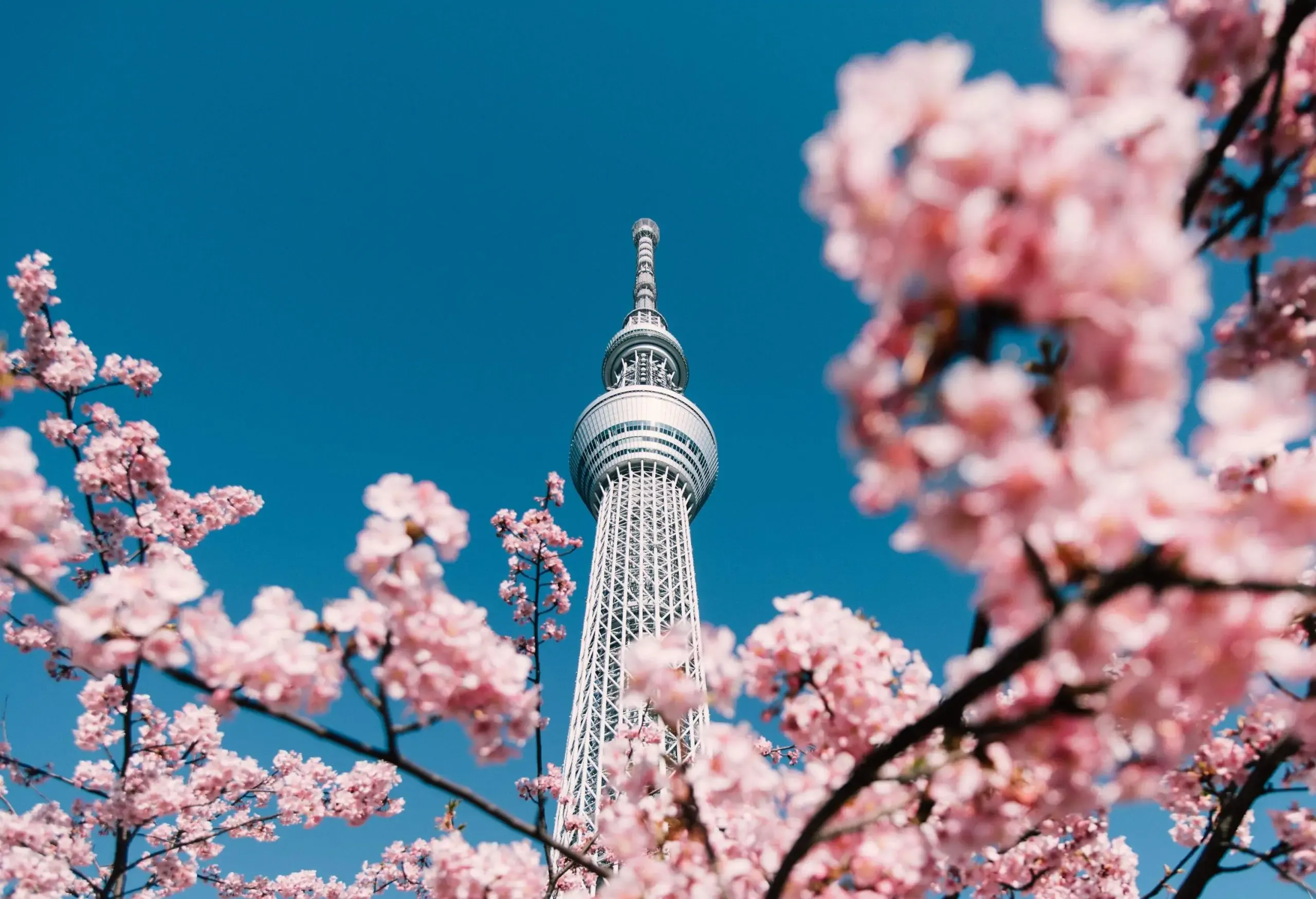
Haneda Airport (Tokyo International Airport)
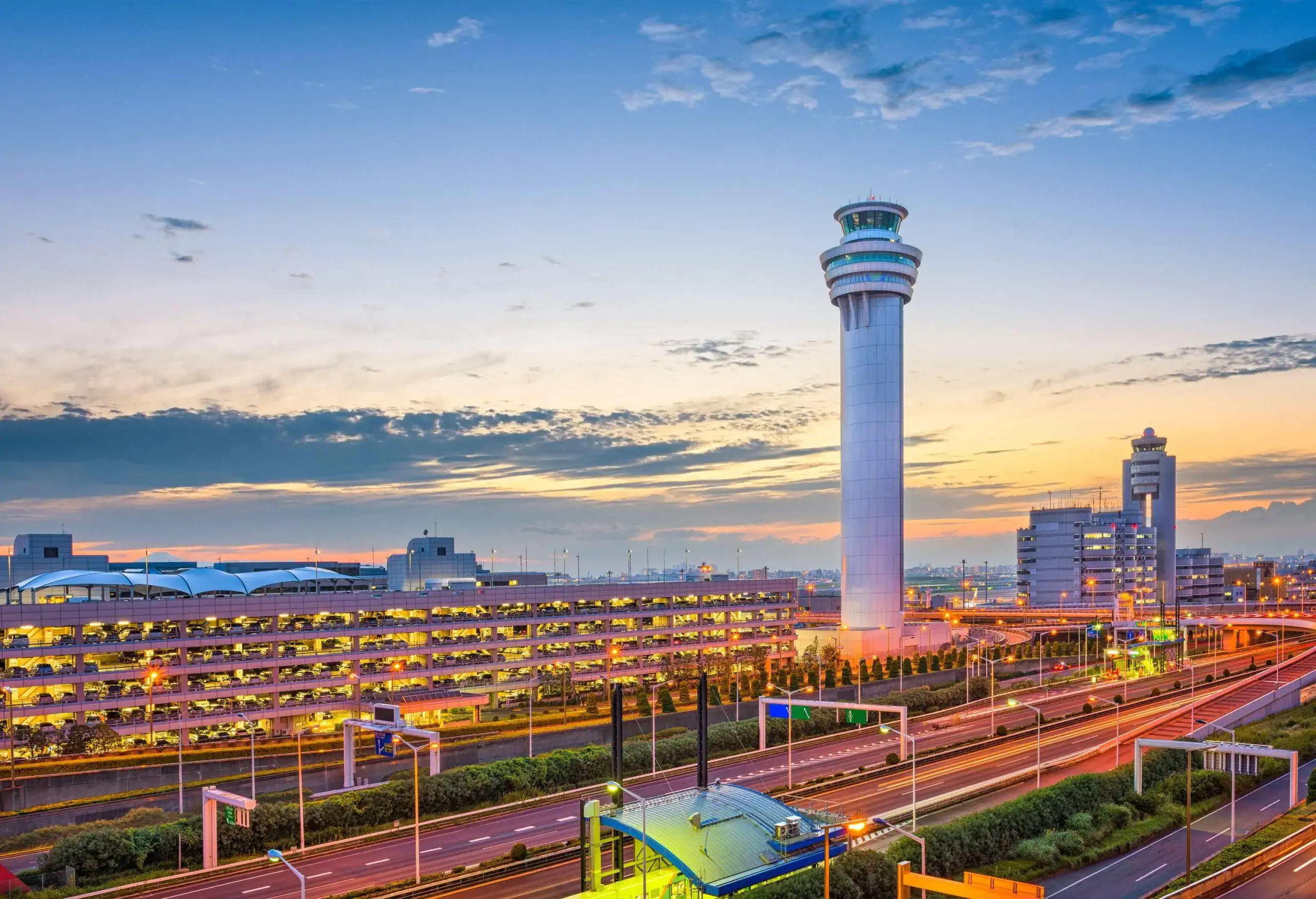
Haneda Airport (HND), located in Ota, Tokyo, is one of the two primary airports serving the Greater Tokyo Area. Known for its efficiency, cleanliness and extensive facilities, Haneda was predominantly a domestic hub until the opening of its international terminal in 2010. It's now one of the busiest airports in the world.
Location
Haneda is located in Ota, Tokyo in Japan, approximately 14 kilometers (about 8.7 miles) south of Tokyo Station, the city’s central train station. It offers easier and faster access to major parts of Tokyo compared to Narita International Airport, which is located further from the city. Since Haneda is so close to the city center, it’s a popular choice for visitors looking to get to the heart of Tokyo as quickly as possible, as well as those connecting onward for domestic Japanese departures.
How to get there

You can easily access Haneda via public transportation: the Tokyo Monorail and Keikyu Line directly connect Haneda to the Tokyo city center, with travel times as short as 13 minutes to Hamamatsucho Station via the Monorail. Additionally, Airport Limousine buses serve various locations throughout Tokyo and its suburbs, and taxis are also available – though bear in mind these are a more expensive option.
Terminals
Haneda Airport consists of three terminals: two domestic (Terminal 1 and Terminal 2) and one international (Terminal 3). The terminals are connected by the Keikyu Line, the monorail, free shuttle buses and an underground passageway between Terminals 1 and 2.
- Terminal 1, a domestic terminal nicknamed “Big Bird”, primarily houses flights operated by Japan Airlines (JAL) and other local carriers. It’s also home to a six-story restaurant and shopping area known as "Market Place", which offers various dining and shopping options as well as an observation deck known for its impressive airfield views.
- Terminal 2 also serves domestic flights, mainly operated by All Nippon Airways (ANA), Skymark Airlines, Air Do and Solaseed Air. Like the other terminals at HND, Terminal 2 has an extensive shopping and dining area and an observation deck.
- Terminal 3, the international terminal at HND, is ultra-modern and houses many diverse dining and shopping options. The Edo Market Place and Tokyo Pop Town are popular spots here, and Terminal 3 is also home to the unique "Water Shrine" art installation. If you’re planning on traveling through Terminal 3 and have a long flight ahead of you, read up on some tips and tricks for how to survive a long flight and make your flight comfortable and fun.
Shopping and dining
At Haneda Airport, travelers are spoilt for choice when it comes to shopping and dining options, as the airport is full of experiences that rival Tokyo proper.
The Tiat Duty-Free Shops in the international terminal are a haven for travelers looking for tax-free deals, offering everything from high-end cosmetics and perfumes to premium alcohol and tobacco. Meanwhile, Tokyo Pop Town in Terminal 3 brims with anime, manga and an array of character goods. For more traditional wares, Edo Ko-ji also located in Terminal 3, offers a variety of traditional Japanese crafts and souvenirs reminiscent of old Tokyo. When shopping on your trip, remember not to buy so much that you can’t fit it in your luggage on the way back – it’s always worth brushing up on your carry-on and checked luggage requirements before you travel, as well as learning how to pack like a pro.
Dining at HND caters to all tastes and preferences. There’s Tsurutontan, a highly-regarded udon restaurant with a sister spot in Roppongi, while sushi lovers can get their fix at Matakoiya. The Edo Market Place is also home to plenty of Japanese eateries that serve everything from tempura to soba.
One of the most unique experiences at Haneda is dining under a simulated starry sky at the Planetarium Starry Café in Terminal 3. This innovative concept marries gastronomy with astronomy, offering a celestial dining experience.
Other amenities
Haneda also has many standard amenities that travelers have become accustomed to, such as free Wi-Fi throughout the terminals, currency exchange services, children’s play areas and several lounges. There are also designated relaxation zones and shower facilities.
Narita International Airport

Narita International Airport (NRT), located in Chiba Prefecture, is the other primary international gateway to Tokyo and a significant hub for international flights in Japan. It's well-known for handling large numbers of international passengers and cargo flights. Narita started its operations in 1978 and has since played a crucial role in connecting Japan to the rest of the world.
Location
Narita International Airport is located in Chiba Prefecture, about 37 miles (60 kilometers) east of central Tokyo, making it further away from the city center than Haneda Airport. However, this can be incredibly convenient for travelers heading to eastern Tokyo or regions like Chiba, Ibaraki and even northern Tokyo Prefecture. Narita is also well-connected to Tokyo via the JR Narita Express and Keisei Skyliner trains, which offer quick rides into various parts of the city.
How to get there

The JR Narita Express (N'EX) and Keisei Skyliner are the fastest ways to reach central Tokyo, with travel times of around 50 minutes to Tokyo Station. The Airport Limousine and other buses connect Narita to various points in Tokyo and surrounding areas, and taxis are available but pricey.
Terminals
- Terminal 1 at Narita is divided into the North and South Wing, each accommodating different airline alliances and carriers but mainly serving international airlines. Terminal 1 has many dining and shopping options, from luxury brands to Japanese souvenirs. The North Wing is particularly noted for its architectural design and spacious layout.
- Terminal 2 serves domestic and international flights, focusing on airlines under the SkyTeam and Star Alliance groups, including Japan's flagship carrier, All Nippon Airways (ANA). It also has an observation deck with a panoramic view of the airport's runways – a popular spot for aviation enthusiasts.
- Terminal 3 at Narita, the airport’s newest, is primarily dedicated to low-cost carriers and some chartered flights. This minimalist terminal is known for its unique blue running track design on the floor, which guides passengers to their gates with a playful touch.
Shopping and dining
At Narita, the shopping and dining experience caters to travelers of all kinds. In Terminal 1, Narita Nakamise offers a traditional shopping street experience, selling Japanese souvenirs like intricate kimonos and beautifully crafted lacquerware. Meanwhile, in Terminal 2, the electronics store Bic Camera has everything a tech geek could dream of. Luxury lovers can also explore the duty-free shopping area, where you’ll find international fashion brands like Gucci and Chanel.
When it comes to dining, Narita's offerings are equally diverse and enticing. Terminal 2's Sushi Kyotatsu is a must-visit for sushi fans, claiming to be the only restaurant in the airport that sources its tuna from world-class wholesaler Ishiji. For a taste of authentic Japanese ramen, Tomita in Terminal 1 is a popular choice, serving up rich and flavorful bowls of this quintessential Japanese dish. Those with a sweet tooth should head to Mi’z, a unique fruit-focused dessert shop in Terminal 2 that serves up refreshing and healthy treats.
Other amenities
Narita International Airport has many other amenities to cater to its passengers. Throughout the terminals, travelers can access free Wi-Fi, as well as ample currency exchange counters and designated play areas for families traveling with children.
Haneda vs. Narita: How to choose which one’s best for you

If you’re wondering which Tokyo airport is better, several factors come into play, such as distance to the city center, transportation options and amenities and services. Here's a comparison to help you decide which airport might suit your needs best:
| Haneda Airport (HND) | Narita Airport (NRT) | ||
|---|---|---|---|
| Distance to the city center: About 12 miles (20 km) [closer to city center] | Distance to the city center: About 37 miles (60 km) [further from city center] | ||
| Tokyo Monorail: 13 minutes to Hamamatsucho Station | JR Narita Express (N'EX): 50 minutes to Tokyo Station | ||
| Keikyu Line: Direct access to city | Keisei Skyliner: Fast access to city | ||
| Limousine Bus: Various locations | Limousine Bus: Various locations | ||
| Taxi: Available but expensive | Taxi: Available, more expensive due to distance | ||
| Flights: Predominantly domestic flights with growing international connections | Flights: Primarily international flights | ||
| Airlines: Mix of major airlines and low-cost carriers | Airlines: Wide range of international airlines and some domestic | ||
| Shopping: Wide range including luxury and traditional goods | Shopping: Extensive duty-free, souvenirs | ||
| Dining: Diverse, from fast food to gourmet restaurants | Dining: Wide variety, international and Japanese cuisine | ||
| Unique: Edo Market Place, Planetarium Starry Cafe, observation decks, silent terminal concept | Unique: Eight playgrounds, observation decks, sensory rooms for people with developmental disabilities |
Best Tokyo airport to fly into: Additional considerations
Haneda is more convenient for travelers who need quick access to central Tokyo or are connecting to domestic flights within Japan. But Narita, while further away, offers a broader range of international flights. This airport in Tokyo can be a better choice for those who don't mind the longer travel time to the city or who are interested in exploring the unique cultural experiences nearby, such as the Naritasan Shinsho-ji Temple. Ready to book? Check out KAYAK’s handy flight guide to discover all the tools for planning your trip.
How this guide was created
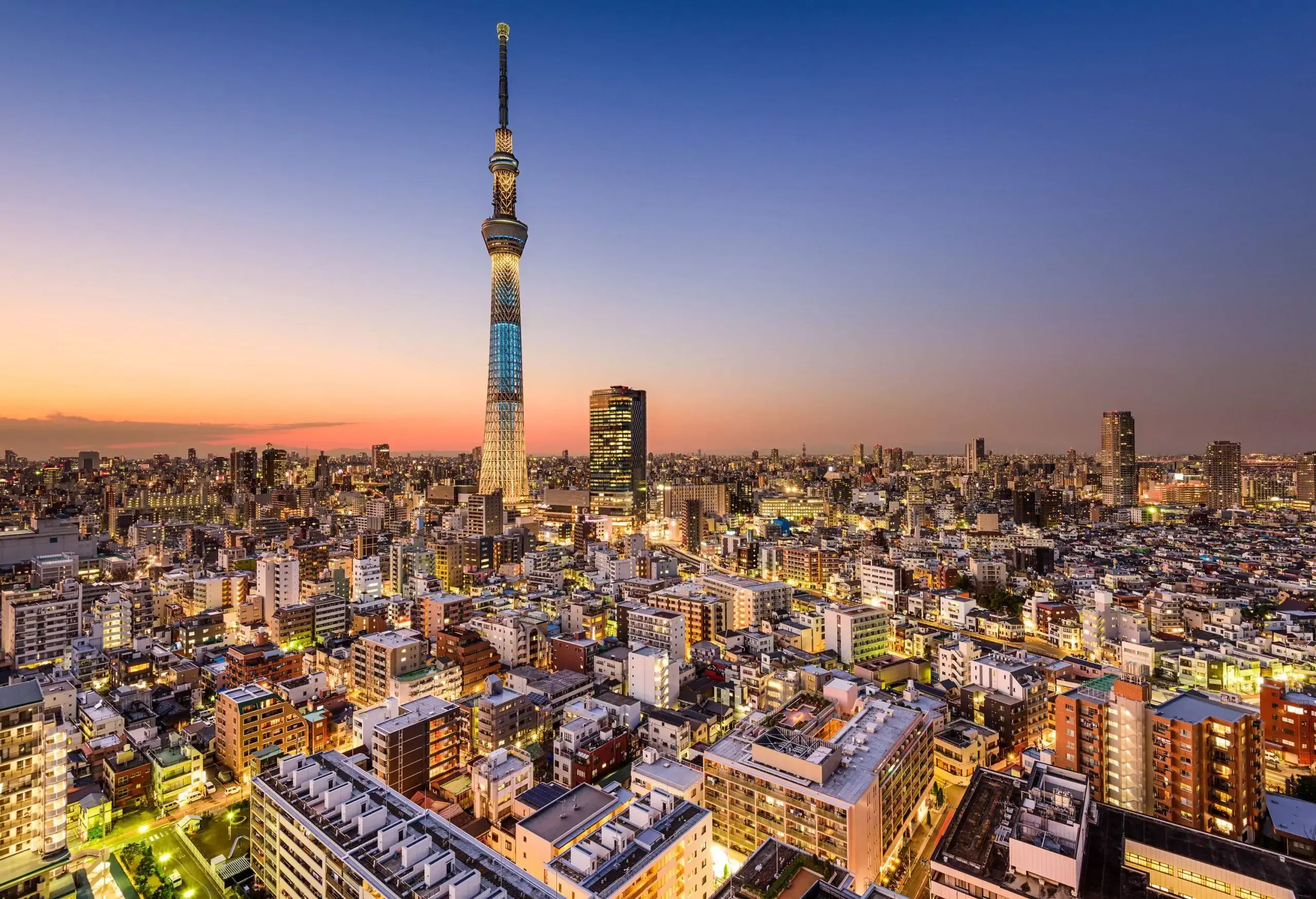
After flying more than 200,000 miles each year, it’s safe to say that I’ve spent a lot of time in different airports – and Tokyo boasts two of my favorites. I’ve spent extensive periods in Japan’s capital city, transiting Narita and Haneda countless times. Tokyo is one of Japan's unmissable destinations and there is much to discover in the country of the rising sun. This guide pulls together my top airport tips and practical info to help you decide which airport is best for planning your next Japanese adventure.
If you plan to land in more airports around the world, then the KAYAK dedicated Airport guide will provide you with a lot of expert tips.

